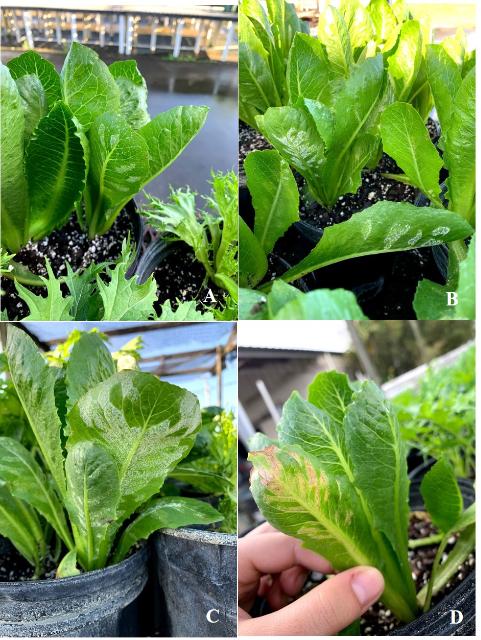By Clint Thompson

Credit: Lis Natali Rodrigues Porto, UF/IFAS
One of the most important diseases of lettuce was found last week in a Florida field in the Everglades Agricultural Area.
Richard Raid, a professor in plant pathology at the University of Florida Institute of Food and Agricultural Sciences, discusses the disease’s impact and why he encourages growers to be on a preventative program.
“Lettuce downy mildew is one of the most important diseases of lettuce here in Florida and even worldwide. This year our outbreak is actually a little bit later than normal,” Raid said. “One of the things with this particular disease, we recommend that growers be on a very preventative program. Once the disease is found, it’s already actually being controlled somewhat.
“One of the things that I do as soon as an outbreak is reported, I alert everyone in the lettuce growing industry that the disease has been observed and that maybe a more stringent protection program is required at that time.”
Downy mildew is a foliar disease of lettuce that impacts the crop’s yield and quality. In addition to losses observed in the field, downy mildew’s impact is accompanied by significant postharvest losses. Yield losses of up to 100% have been reported for individual fields in Florida.
Growers need to be on alert due to the disease’s ability to be transported for miles at a time.
“Downy mildew is an airborne disease. The spores are very easily dislodged from the underside of the leaf where the fungus sporulates. Those are carried by wind, sometimes for miles, even tens of miles,” Raid said. “This disease has the capability of infecting a very large area in a very short time. As soon as we do see an outbreak, what we recommend is that growers be on a strict management program. Hopefully, the disease will be confined to its original focus. That’s our goal.”










